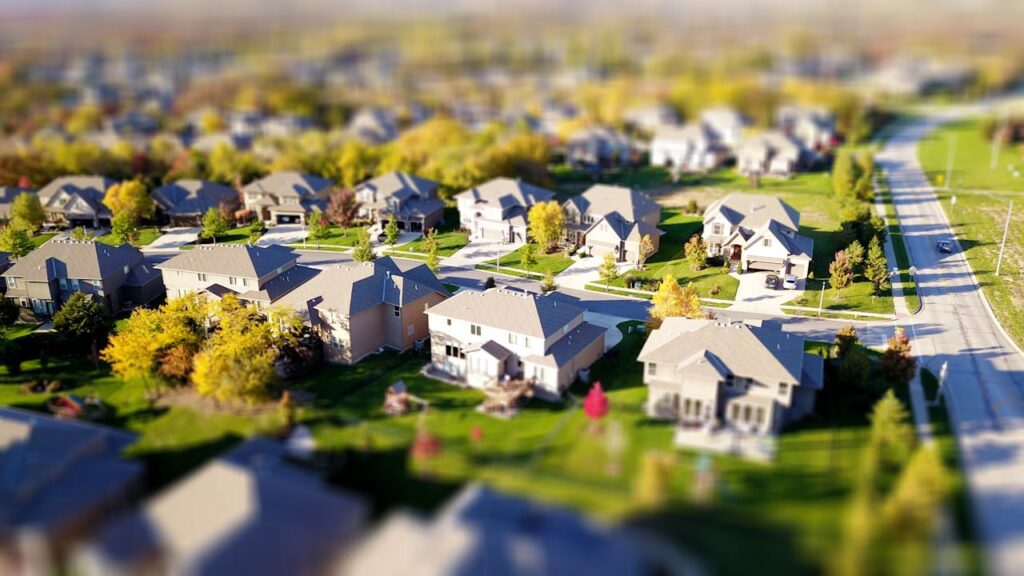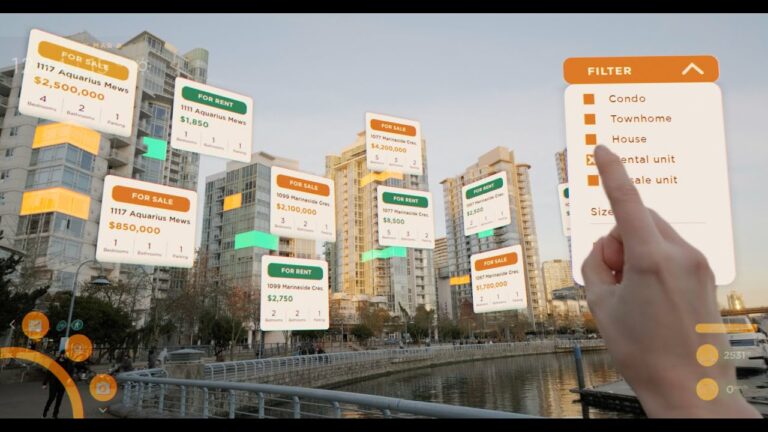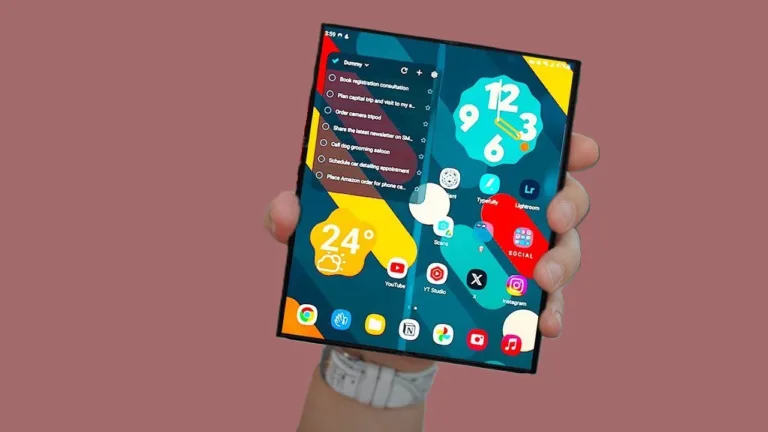Future of Global Real Estate Driven by Tech

The real estate industry is undergoing a major transformation as a new generation of home buyers emerges with evolving priorities.
Tech innovations, eco-consciousness, and health-centric lifestyles are converging to reshape what people want from their homes and built environments – redefining the future of properties across the globe.
Smart Home Tech Becomes Standard
Home automation used to be a luxury reserved for the uber-wealthy. However, with smart home technology now more accessible and user-friendly than ever, mainstream integration is accelerating.
Surveys show nearly 75% of recent home buyers want tech amenities and convenience built into their next property. As more everyday people experience lux benefits like energy savings, security, and hands-free control at their fingertips, tech-enabled living quickly moves from nice-to-have to must-have.
Voice command hubs, programmable thermostats, facial recognition entry systems, self-cleaning appliances, and other innovations improving quality of life demonstrate smart technologies becoming foundational pillars of home and building design worldwide.
With global revenue in the smart construction market expected to reach $68 billion by 2028, the influence of tech cannot be ignored in the real estate industry’s future.
Emphasis on Sustainability Reshapes Building Strategies
Sustainability is profoundly altering real estate as climate change concerns drive consumer preferences and government policies urging green transformation of the housing sector. With buildings emitting 40% of annual global greenhouse gases, pressure mounts to curb this impact through renewable materials, reduced waste methods, energy-saving features, and beyond.
Certifications like LEED and EnergyStar shape new building standards focused on lowering carbon footprints. Solar panels and recycled water systems are among eco upgrades gaining traction in residential and commercial projects. Even paints and flooring now utilize emissions-reducing technology.
Millennial and Gen Z home buyers especially demand sustainable housing options aligning with their values, forcing developers to prioritize planet-friendly properties to attract these largest homebuyer groups.
Health and Wellness Influence Design
The worn-out wellness trends of yesteryear like massage chairs and saunas have been replaced by science-backed features improving daily wellbeing.
Home buyers moving forward don’t just want luxury – they want optimized comfort and proven support for their physical health and mental balance in the face of busy modern lifestyles.
Built environments now integrate air/water purification systems, circadian rhythm lighting, natural anti-microbial materials like copper, outdoor lounge spaces, and flexible live/work floorplans as standard ways of promoting health.
Accessible building layouts enabling multi-generational families to reside together comfortably also address wider well-being needs. Even larger-scale community planning leverages wellness elements like interconnected green spaces, walking trails, and mixed-use zoning.
The holistic health movement reaches far beyond gym memberships into how real estate nourishes better daily living through thoughtful design. Developers who embrace this to craft lifestyle communities will attract strong investment potential and desirable market value.
Final Thoughts: Real Estate – An Industry Transformed
Between cross-generational demands, climate consequences, and degrading societal wellness, external pressures on the real estate sector abound. However, this also creates an opportunity for innovative companies that don’t resist change but instead get ahead of the curve by baking in tech integration, sustainability, and wellness as core components of properties rather than optional add-ons.
They forge the future of construction and housing defined by smart, green, and human-centric buildings. Through this forward-thinking vision to make tech-enabled, eco-conscious, health-promoting homes accessible to more than just the elite few, they revolutionize living itself. The outlook remains hopeful for the real estate industry’s reimagination.
Read More:






